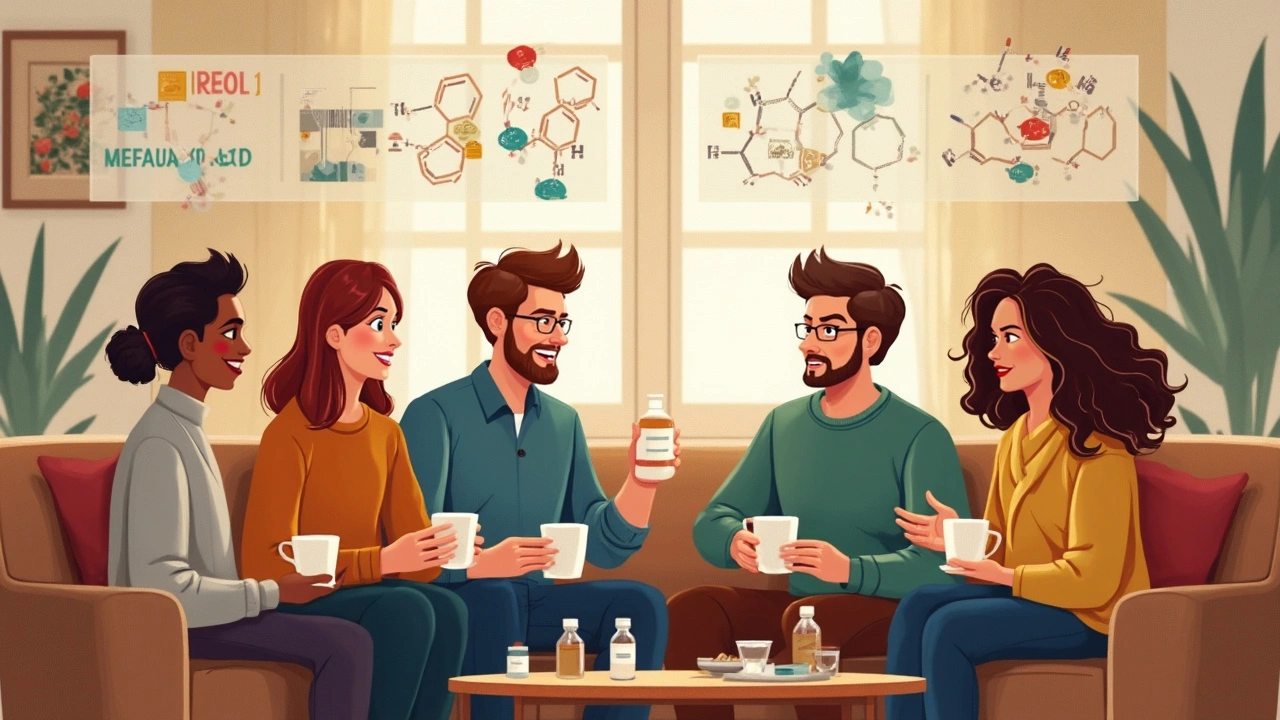Prostaglandins: what they do and why you should care
Prostaglandins are tiny hormones your body makes on demand. They control pain, inflammation, fever, blood flow, stomach lining protection, and even labor in pregnancy. Because they pop up in so many body processes, drugs that change prostaglandins can help a lot — or cause trouble if used wrong.
Here’s a practical way to think about them: when tissue is hurt or infected, prostaglandins tell nearby cells to react — dilate blood vessels, cause pain, and recruit immune cells. That’s useful short-term. But when the signal stays on, you get ongoing pain or inflammation.
Drugs that lower prostaglandins: benefits and risks
NSAIDs (ibuprofen, naproxen, aspirin) block the enzymes (COX-1 and COX-2) that make prostaglandins. That’s why they reduce pain, swelling, and fever fast. The trade-off? Some prostaglandins protect your stomach lining and support kidney blood flow. Long-term or high-dose NSAID use can cause ulcers, bleeding, and reduced kidney function. Simple tip: use the lowest effective dose and talk to your doctor if you take them daily.
Another risk people miss: NSAIDs and pregnancy don’t mix well late in pregnancy. Certain prostaglandins keep the ductus arteriosus open in a fetus; NSAIDs can close it too early. If you’re pregnant or trying to conceive, check with your clinician before taking NSAIDs regularly.
Drugs that mimic prostaglandins: when that helps
Sometimes we want prostaglandin effects, so we give analogs. Misoprostol, for example, mimics a stomach-protective prostaglandin to prevent ulcers in people taking NSAIDs — but it also causes uterine contractions, so it’s used in obstetrics and must be handled carefully. Latanoprost and other prostaglandin analogs lower eye pressure in glaucoma by improving fluid outflow. These drugs are targeted and powerful, so follow dosing and safety instructions closely.
If you’re prescribed a prostaglandin analog, read the label. Eye drops like latanoprost can change eye color or grow lashes; misoprostol can cause cramping and bleeding. Don’t mix these without medical advice.
Interactions matter. Combining NSAIDs with blood thinners raises bleeding risk. Adding multiple NSAIDs or taking them with certain antidepressants can raise risks further. Tell your prescriber about all OTC meds and supplements you use.
Bottom line: prostaglandins do a lot — and so do the drugs that alter them. Use painkillers only as needed, ask about safer alternatives if you need long-term treatment, and follow instructions for prostaglandin-based medicines. Want to learn more? Check our guides on NSAID safety, misoprostol uses, and glaucoma treatments to find practical next steps for your situation.
Mefenamic Acid: The Science Behind How It Fights Pain
Mefenamic acid is a go-to for easing everything from period pain to headaches, but what actually makes it work? This article breaks down the chemistry behind its pain-fighting powers and explains why your doctor might pick it over similar medicines. Discover real-life tips on safe use, watch-outs, and what happens in your body after you take it. Get straightforward facts that help you get the most from this tried-and-true painkiller.
© 2025. All rights reserved.

